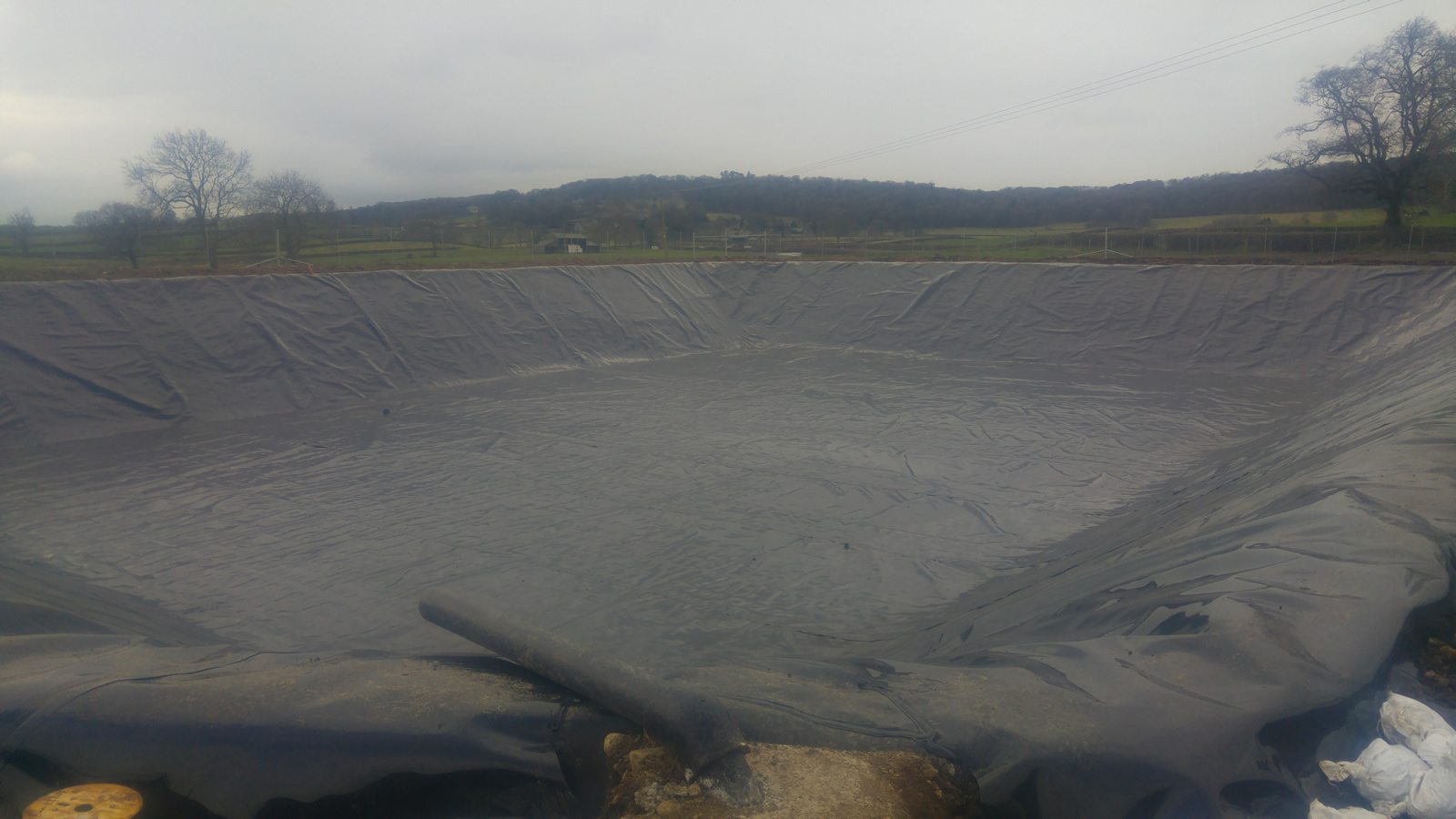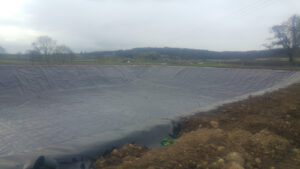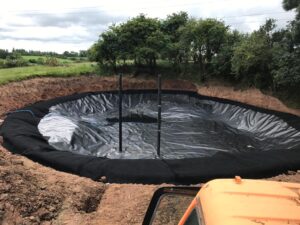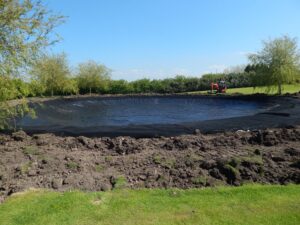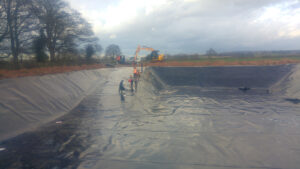Slurry storage lagoons play a crucial role in managing agricultural waste by providing a containment system for slurries generated from farming activities. Proper installation of these lagoons is essential to ensure efficient storage, environmental protection, and regulatory compliance.
Understanding Slurry Storage Lagoons:
Slurry storage lagoons are engineered structures designed to safely contain agricultural waste, including animal manure and organic matter. These lagoons mitigate environmental pollution by preventing runoff and leaching of nutrients into water sources.
Site Selection and Preparation:
The first step in installing slurry storage lagoons involves careful site selection. Factors such as soil type, topography, and proximity to water sources are considered. Once the site is selected, excavation and land preparation commence to create a level and stable base for the lagoon.
Construction Materials and Design:
Slurry storage lagoons are typically constructed using durable materials such as reinforced concrete, geomembranes, or clay liners. The design considers factors like capacity requirements, hydraulic loading rates, and structural integrity to ensure the lagoon meets specific operational needs.
Excavation and Construction:
Excavation of the lagoon footprint is conducted to the required depth and dimensions, followed by the installation of liners or sealing materials to prevent seepage. The construction process involves careful layering and sealing to create a secure containment structure.
Inlet and Outlet Structures:
Proper inlet and outlet structures are essential for efficient operation. Inlets allow for the controlled introduction of slurry into the lagoon, while outlets facilitate controlled withdrawal or discharge as needed.
Lagoon Covering and Berms:
Covering the slurry storage lagoon with a floating cover or using berms around its perimeter helps prevent odour emissions, reduces evaporation, and minimises the risk of contamination.
Quality Control and Regulatory Compliance:
Throughout the installation process, quality control measures ensure the integrity of the lagoon construction. Compliance with environmental regulations and permits is crucial to meet standards for waste containment and environmental protection.
Safety Measures and Monitoring:
Safety protocols, such as fencing and warning signs, are established to prevent unauthorised access and ensure the safety of personnel. Regular monitoring of the lagoon’s structural integrity and waste levels is conducted to detect any issues promptly.
Environmental Benefits:
Slurry storage lagoons offer environmental advantages by preventing nutrient leaching and reducing the risk of water contamination. Properly managed lagoons contribute to sustainable agriculture practices and protect local ecosystems.
Community Engagement and Communication:
Engaging with local communities and stakeholders helps create awareness and understanding of the purpose, benefits, and safety measures associated with slurry storage lagoons, fostering community support.
Ongoing Maintenance and Management:
Routine maintenance, such as inspections, cleaning, and repairs, ensures the ongoing functionality and longevity of the slurry storage lagoon, reducing the risk of environmental incidents.
In conclusion, the installation of slurry storage lagoons requires meticulous planning, adherence to regulations, and attention to detail to ensure effective containment of agricultural waste while safeguarding the environment. Properly installed and managed lagoons are integral to sustainable farming practices, minimising environmental impact and promoting responsible waste management within the agricultural sector.
To find out more about our products and services and how we can help you, please contact us using the below –
Tel: 01695 228626
Email: enquiries@enviroseal.co.uk

